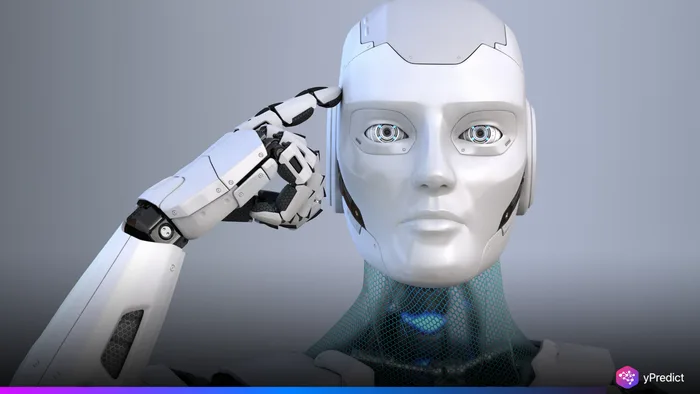
Artificial intelligence (AI) is revolutionizing industries, from finance to healthcare, yet as AI takes on more consequential roles, the importance of oversight of its decision-makings grows increasingly urgent. Legal “explanations” of AI decisions may often read well, but they rarely convey any genuine meaning. The risk of consequential impacts on society becomes more tangible and extreme, particularly as AI-based systems operate within high-stakes contexts without oversight.With transparency monitoring, and judgment from organizations, organizations can responsibly and effectively manage risky AI systems..
If we really want to protect outcomes, AI decision oversight needs to be more than simply a compliance checklist. Corporations need a structured oversight decision process, transparent measures of uncertainty, and independent and ongoing monitoring to uncover mistakes that can be fixed quickly which shows that AI can remain a decision-support tool rather than an emerging and dangerous source of risk.
People will always be a touchstone of safety in AI. The option for humans to veto an AI decision lets decision-makers step in if there is uncertainty around the outputs produced by AI, ensuring automated processes are not completely off-leash.
Why Transparency is the Foundation of AI Decision Oversight
AI process transparency enables stakeholders to see how decisions are made. When organizations use clear workflows and can document every step, it is easier to identify errors or biases embedded in the AI outputs. Legal “explanations” may seem similar to understanding, but without process transparency, they do little to mitigate risk.
Transparency also helps build trust for monitoring AI decision making. Employees, regulators, and clients need to be assured that AI decisions use process and are auditable process. Transparent AI systems will not eliminate all the unknown risk and uncertainty, but it will reduce risk and increase accountability to a reasonable level.
Calibrated Uncertainty: Preparing for the Unknown
The AI systems are inherently probabilistic, meaning that predictions always carry some degree of uncertainty. Calibrating this uncertainty allows organizations to recognize the limits of AI decisions before they impact critical operations.
By integrating uncertainty measures, companies can flag high-risk outputs and apply extra scrutiny. This approach helps manage AI decision oversight by clearly identifying when human review is essential. It also ensures that AI recommendations are treated as guidance, not infallible truth.
Human Veto: The Ultimate Safety Mechanism
The AI systems can make mistakes despite transparency, uncertainty calibration, and monitoring. Human veto authority allows decision-makers to act in real-time and decide to override an AI output if they feel it is warranted.
This mechanism is crucial, particularly in scenarios with high stakes for AI application, such as medical diagnostics, financial approvals, and autonomous vehicles. Human veto preserves ethical, legal, and operational standards every single time. It transforms AI from a black box decision-maker to a collaborator under close human scrutiny.
Implementing Effective AI Decision Oversight
Organizations can establish AI decision oversight with formal policies. First, define the lifecycle of an AI decision, documenting how models are trained, evaluated, validated, and made operational. Second, include calibrated uncertainty measures with AI outputs so untrustworthy outputs are flagged. Third, maintain live dashboards showing monitoring to track/flag AI performance to organizations. Finally, always provide human veto so timely intervention can occur.
By implementing as many of these, organizations make AI decisions safe, transparent, and accountable. Stakeholders will trust AI outputs and organizations can freely take advantage of automation without experiencing controlled errors.






